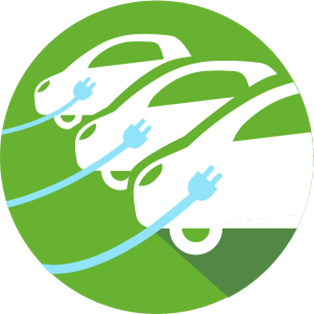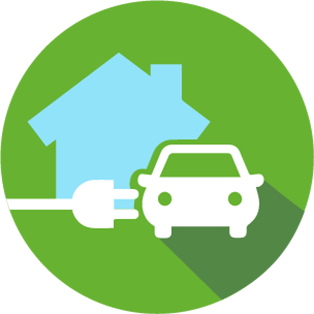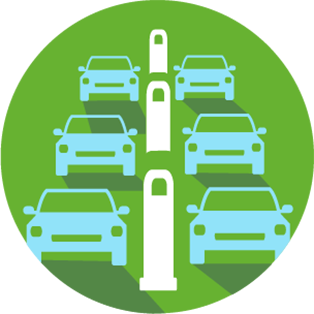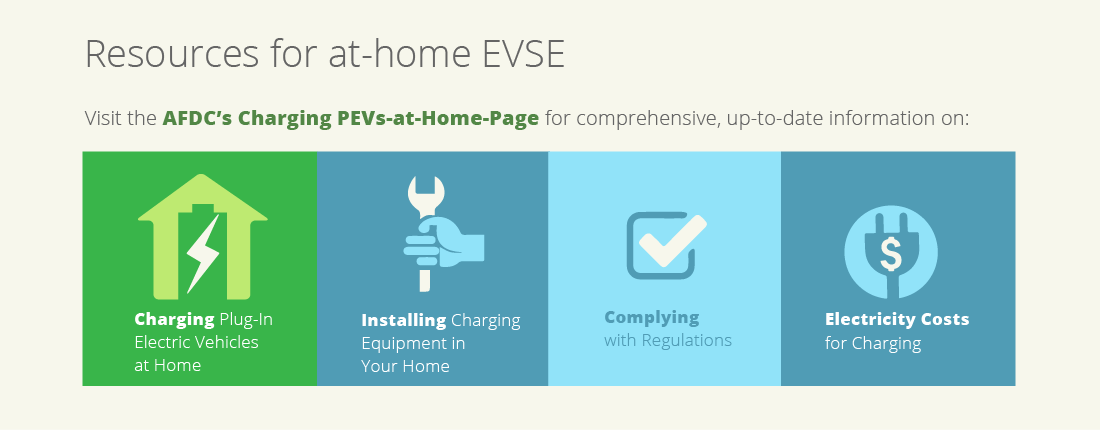Charging your EV is just as easy as pumping gas. Where, when and for how long depend on what type of charging equipment you use.
Home Installation
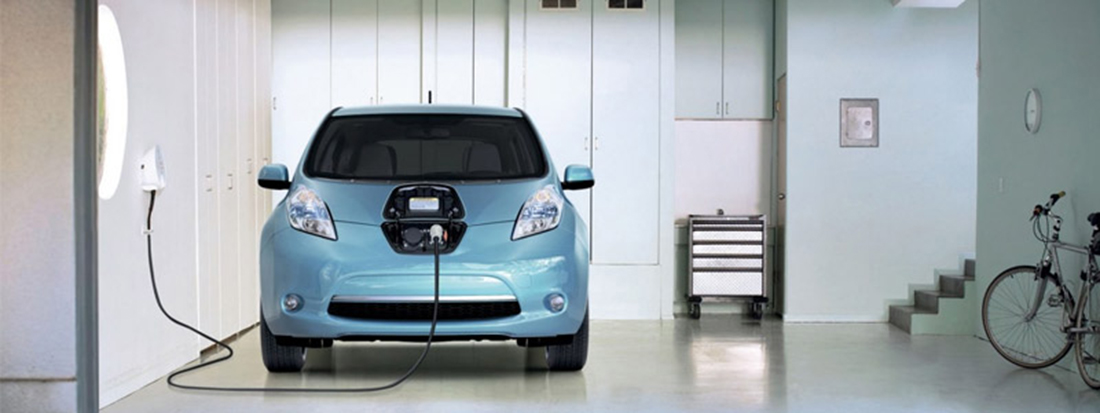
While a Level 1 charger can use a regular 120-volt household electrical outlet with no additional equipment, a Level 2 charger requires the installation of electrical vehicle supply equipment (EVSE).
Consider These Factors When Installing an L2 Charger at Home
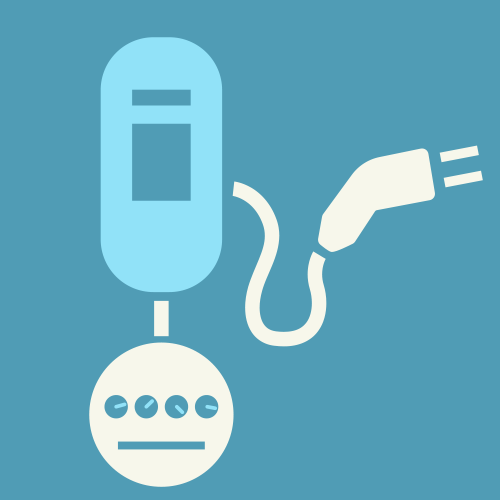
Residential Level 2 (7.2kWh/240V/40A) stations begin at approximately $500 for a single port charging unit.

L2 charging station installation costs range from $400 to $1,700 for a single-port station and $800 to $3,400 for a dual-port station. Electrician fees range depending on breaker/box condition and additional circuit installation. After consulting with certified electrician to determine equipment location, follow your local jurisdiction’s permitting instructions. Permit fees (application, permit, handling charges) range from $160-$300.
A 32 amp L2 charging station unit is suitable for most EVs, adding about 25 miles of range per hour. Upgrading to a faster 50-amp charger adds about 37 miles of range per hour. Ensure your electrical panel can accommodate the necessary 240V connection and amperage capacity.

Consider where you will install your EVSE – garages typically provide shelter and accessibility.
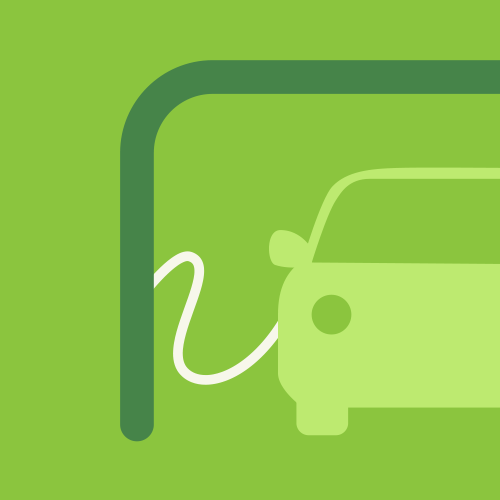

Look into buying a charging station with wireless capability, so you can start, end and monitor charging sessions wirelessly.

Find a certified electrician to install your home charging station by using the Electric Vehicle Infrastructure Training Program’s (EVITP) Find a Contractor tool.
Consider installing solar panels to power your charger. Charging your EV using this renewable energy makes powering your car completely emissions-free.

Maryland offers a rebate program that may allow you to be reimbursed for a portion of the money you spent on installing home charging. Learn more about the program.


